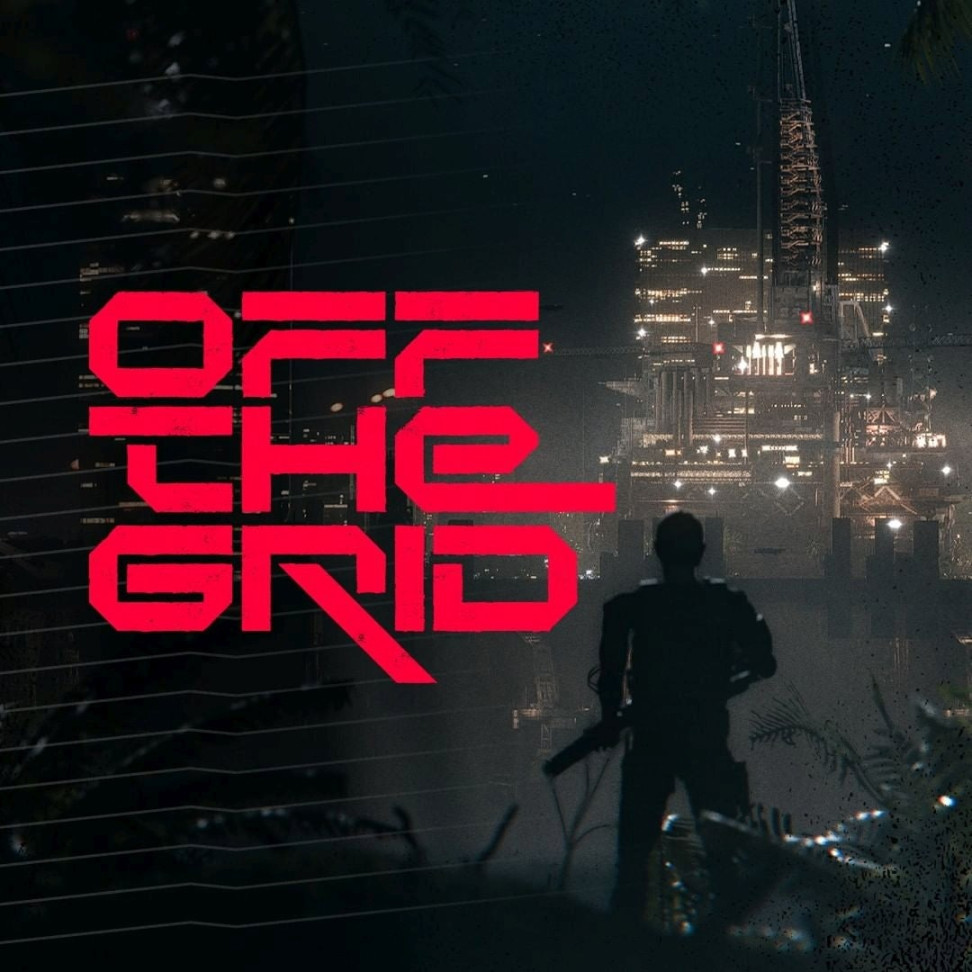Introduction
The allure of escaping the hustle and bustle of modern life has never been stronger. Living off-the-grid is more than just a trend; it’s a lifestyle choice that prioritizes self-sufficiency, sustainability, and a deeper connection with nature. While the idea might seem daunting, careful planning and consideration can transform your off-grid abode into a serene and functional sanctuary. Let’s explore the key elements of designing an off-the-grid living space, from lighting and color palettes to furniture, materials, and layout.
Lighting: Harnessing Nature’s Glow

Natural light is your best friend when living off-the-grid. Large windows strategically placed to capture sunlight are essential. Consider skylights to maximize daylight penetration. For nighttime illumination, opt for energy-efficient LED lights powered by solar or wind energy. Biofuel lamps and candles offer a cozy ambiance, but remember to prioritize safety.
Color Palette: Nature’s Influence
Your color choices can significantly impact the mood and atmosphere of your off-grid home. Drawing inspiration from your surroundings can create a harmonious living space. Earth tones like browns, greens, and beiges evoke a sense of tranquility and connection to nature. White can brighten up smaller spaces, while accents of blue or yellow can add a touch of liveliness.
Furniture: Functionality and Comfort
Off-grid living often involves multifunctional furniture to maximize space efficiency. Consider pieces that serve multiple purposes, such as a sofa that converts into a bed or a dining table that folds away. Opt for durable materials like wood, metal, or wicker that can withstand varying weather conditions. Comfort is key, so choose furniture with ample cushioning and support.
Materials: Sustainability and Durability
Prioritizing sustainable and locally sourced materials is crucial for an eco-friendly off-grid home. Wood is a classic choice, offering warmth and natural insulation. Recycled materials can add character and reduce your environmental footprint. For exteriors, consider low-maintenance options like stone or metal that can withstand the elements.
Accessories: Personal Touches
Accessories can transform a house into a home. Incorporate natural elements like plants, rocks, and driftwood to enhance the connection with nature. Handmade crafts and textiles add warmth and personality. Remember, less is often more in an off-grid space, so choose accessories thoughtfully.
Layout: Maximizing Space and Efficiency
An open floor plan can make your off-grid home feel larger and more inviting. Consider the orientation of your space to optimize natural light and ventilation. Create distinct living areas using furniture placement and rugs rather than walls. A well-thought-out layout ensures smooth workflow and efficient use of resources.
View: Nature as Your Masterpiece
One of the greatest benefits of off-grid living is the opportunity to immerse yourself in nature. Design your home to maximize your connection with the outdoors. Large windows, decks, and patios allow you to enjoy breathtaking views and fresh air. Consider incorporating outdoor living spaces into your overall design.
Conclusion
Living off-the-grid is a journey of self-discovery and sustainability. By carefully considering factors such as lighting, color, furniture, materials, accessories, layout, and view, you can create a harmonious and functional off-grid sanctuary. Remember, simplicity and adaptability are key to thriving in this lifestyle. Embrace the challenges and rewards that come with living in harmony with nature.
FAQs
1. How can I ensure adequate warmth in an off-grid home during winter?
Insulation is crucial for maintaining warmth in an off-grid home. Consider using natural materials like wool, hemp, or cellulose for insulation. Efficient wood-burning stoves or solar-powered heating systems can also provide warmth.
2. What are some sustainable energy sources for powering an off-grid home?
Solar and wind power are the most common renewable energy sources for off-grid homes. Consider combining these with other options like hydroelectric power (if available) or biomass energy.
3. How can I manage waste effectively in an off-grid environment?
Composting is essential for managing organic waste. Recycling and reducing consumption are also crucial. Consider using eco-friendly cleaning products and avoiding single-use plastics.
4. What are the challenges of living off-the-grid?
Living off-the-grid requires self-reliance, resourcefulness, and adaptability. Challenges may include limited access to amenities, potential isolation, and the need for extensive planning and preparation.
5. What is the initial cost of building an off-grid home?
The initial cost of building an off-grid home varies depending on location, size, and desired amenities. While it may be higher upfront, long-term savings on utilities can offset the investment.
[Note: To further optimize this article for SEO, consider incorporating relevant keywords throughout the text, such as “sustainable living,” “eco-friendly home,” “self-sufficiency,” and “off-grid design.” You may also want to add internal and external links to related content.]